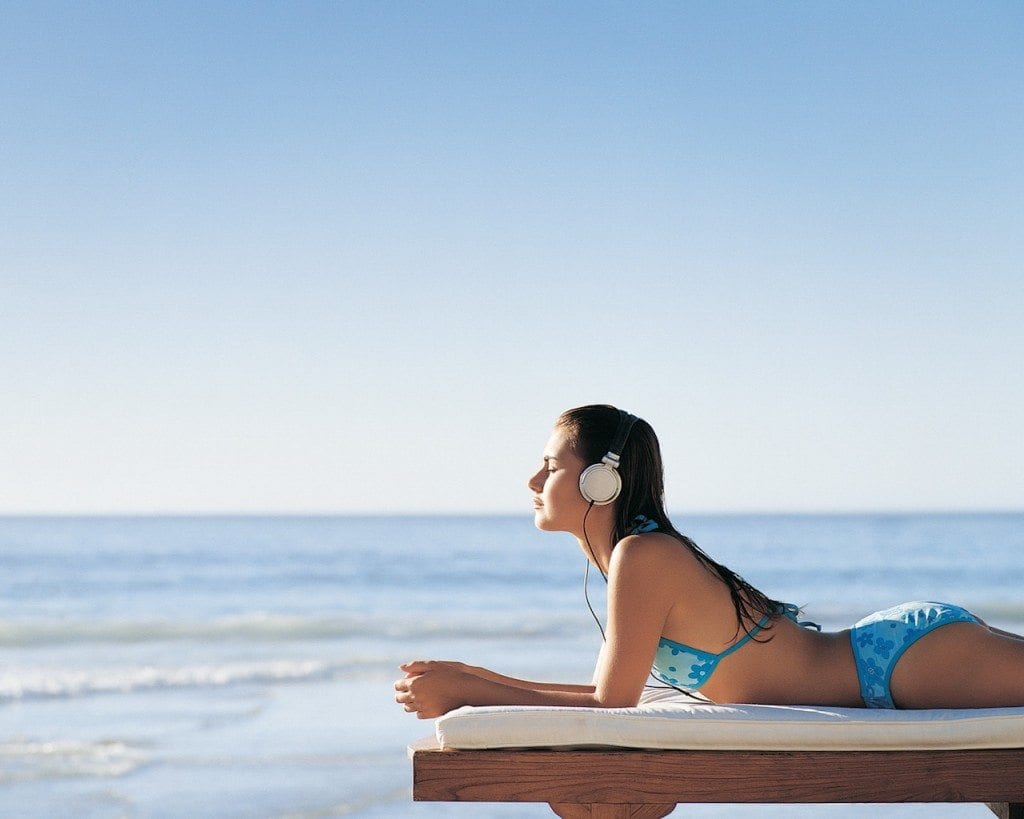A New Study Finds
Ever wonder if you really need a serum in your regimen? A new study has proven that DNA mutation from sun exposure doesn’t cease in the absence of sun or once in darkness. While UV light is the culprit in DNA damage in all skin cells, it doesn’t stop when you leave the sun. In a recent study scientists found that “UV light activates enzymes in the cell that combine to “excite” an electron in melanin. The energy from this excited electron gets transferred into the DNA. That in turn creates the same damage caused by direct absorption of a photon by the DNA.” While this has been seen in jelly fish and bugs-mainly fireflies(think glowing creatures), never in mammals until now. This is scary and dangerous.
What Can We do?
One idea on how to possibly protect the skin would be to apply SPF before sun exposure and then perhaps apply an additional one once returning home and out of the sun. Our SPF dry mist, Sun Visor, has a cooling effect which is soothing after a day in the sun. Staying out of the sun is still the safest way to protect skin and DNA. Taking extra precautionary measures can help as well. Always wear a hat and SPF protective clothing when outdoors whether in direct sunlight or not. Starting smart sun protection habits with children early in life, can keep their skin healthy and free of damage. Another way to battle the sun damaged and environmentally damaged skin is to use a serum everyday. Choose ingredients that target epidermal tissue renewal (Vitamin F/Kalahari oil) , cell turnover (Vitamin C and Alpha Lipoic Acid) as found in our newest product Fleuressence Native Botanical Oil. Anti inflammatory ingredients(organic red tea) and lightening(Retinol) are imperative as well. When using a serum or oil always remember to apply it to clean dry skin and seal with a moisturizer and SPF.


